infineon
Latest
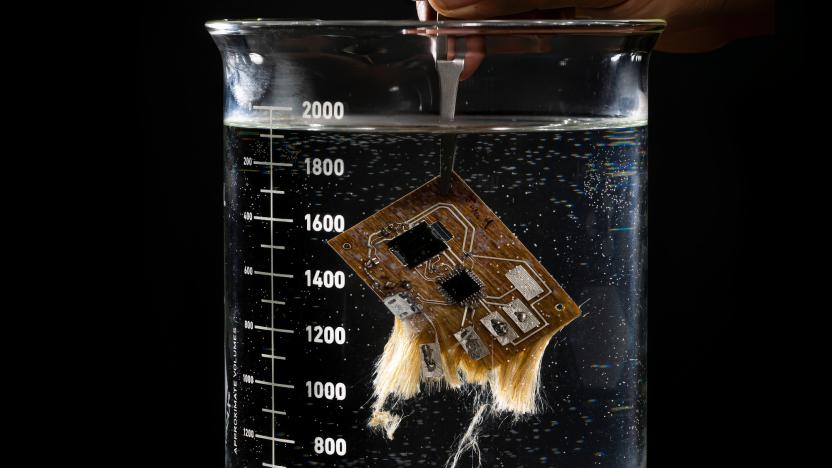
Water-soluble circuit boards could cut carbon footprints by 60 percent
German semiconductor maker Infineon Technologies AG announced that it’s producing a printed circuit board (PCB) that dissolves in water. Sourced from UK startup Jiva Materials, the plant-based Soluboard could provide a new avenue for the tech industry to reduce e-waste as companies scramble to meet climate goals by 2030.
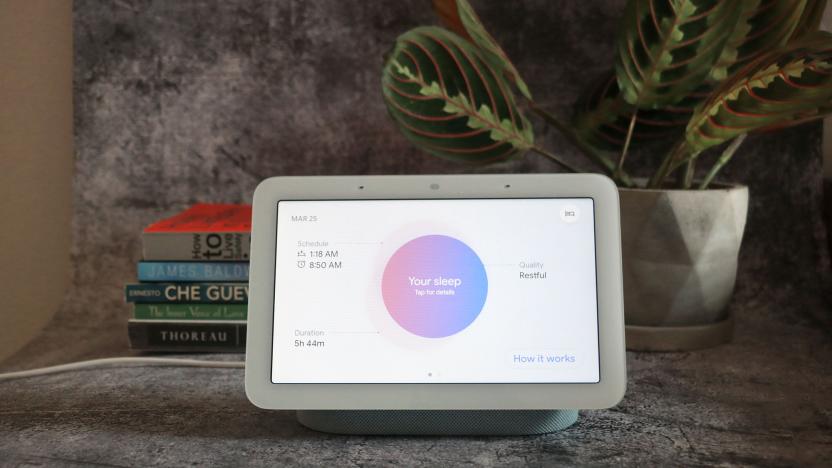
Google and Ford want to bring small radar to more devices
Google and Ford are partners in a new standard that could bring radar to more devices for touch-free control and health tracking.

Intel, Qualcomm and other chipmakers cut off supplies to Huawei
Huawei has more to worry about beyond Google's decision to suspend Android support. Bloomberg sources said that American chipmakers Intel, Qualcomm, Broadcom and Xilinx had told staff they wouldn't supply Huawei with parts "till further notice," leaving the Chinese tech giant without potentially vital components. Nikkei tipsters also claimed that Germany's Infineon had cut off "certain shipments" to Huawei out of caution, although a spokesperson since said that most of its products wouldn't be subject to the US blacklisting that had prompted companies to back away.
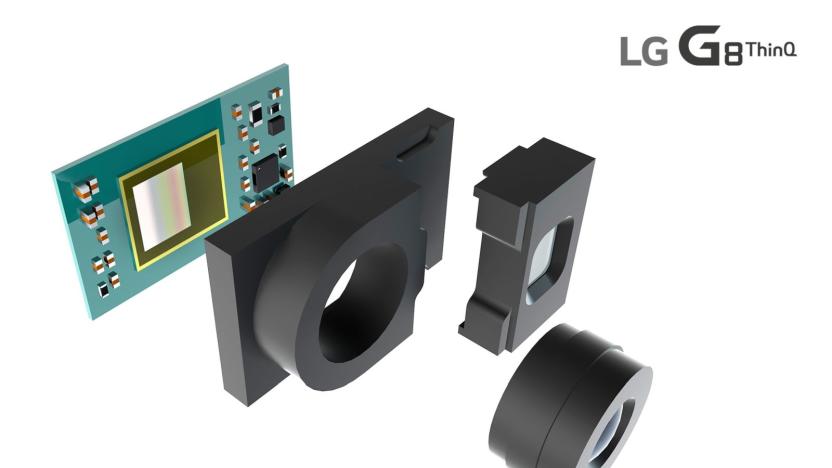
LG's G8 will fight Face ID with its own 3D front-facing camera
LG isn't ready to show off all of the details around its next flagship phone just yet, but tonight it has revealed the technology we'll see in the G8 ThinQ's front-facing camera. By including a "Time of Flight" image sensor made by Infineon, LG claims it can deliver features like facial recognition, augmented reality and better selfies in all kinds of lighting conditions while using less power than other solutions like Apple's Face ID. While Apple's TrueDepth technology for Face ID is similar to what we saw in the Xbox 360 Kinect where it projects thousands of laser dots then measures the distortion to figure out where things are, Time of Flight is the tech Microsoft hoped it would get better results from for the Xbox One Kinect device. By capturing IR light as it reflects off of a subject, the idea is that it will give more accurate results with less computing power. There have been rumors that Apple is considering implementing it in the iPhone's rear-facing camera, however well-sourced analyst Ming-Chi Kuo shot those down, saying the device's existing dual-camera setup would suffice.
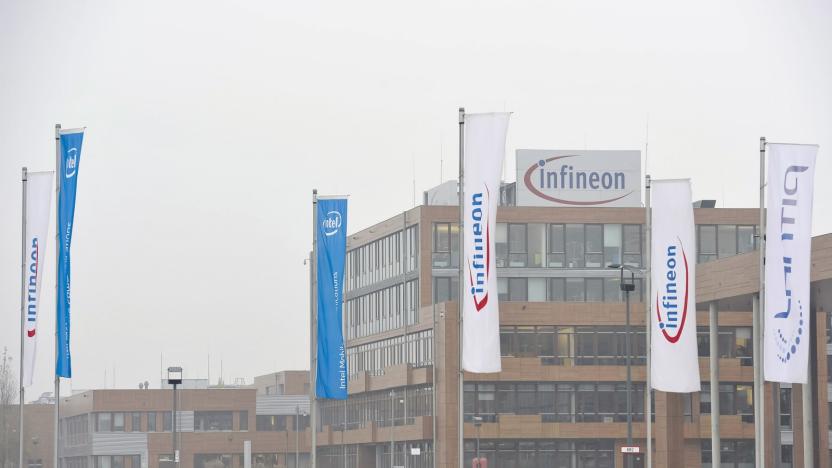
The encryption many major companies rely on has a serious flaw
Researchers at Masaryk University in the Czech Republic uncovered a major security vulnerability in RSA keys generated by Infineon Technologies-produced chips. These chips are used in products manufactured by Acer, ASUS, Fujitsu, HP, Lenovo, LG, Samsung, Toshiba and Chromebook vendors, reports Bleeping Computer and the RSA keys generated by Infineon's chips are used in government-issued identity documents, during software signing, in authentication tokens, with message protection like PGP, in programmable smartcards and during secure browsing.

Your modern car might be as vulnerable as the first iPhone
Over 10 years ago, the first iPhone burst on the scene and changed mobile computing forever. But it had a flaw: The baseband (the part that manages all the radios) on the installed Infineon chip could be exploited to run the phone on networks other than AT&T -- which was, at the time, the exclusive provider. Fast-forward to 2017 and that same chip was recently found in various Nissan Leafs built between 2011 and 2015.
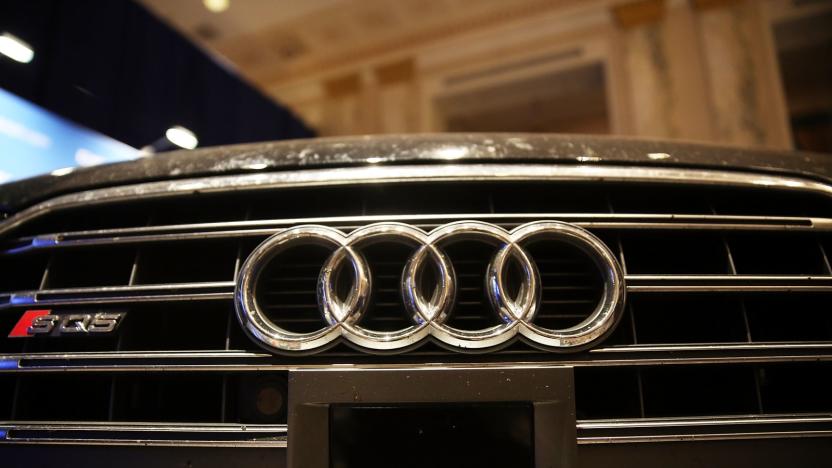
Auto supplier wants to make LiDAR cheaper for automakers
Infineon announced on Monday that it is buying Innoluce BV, a Dutch company that manufactures teensy LiDAR modules, in hopes of using the technology to bring self-driving car technology into the mainstream. "We intend to make lidar an affordable feature for every new-built car worldwide," Peter Schiefer, the head of Infineon's automotive division, said in a statement.

Visa-powered payment ring is now available to everyone (update: separate product)
That Visa-based payment ring is no longer limited to athletes who made it to the Olympics in Rio. Anyone can now pre-order an NFC Ring that lets you tap to pay at many store terminals without pulling out your phone or twisting your wrist. Plunk down about $53 (£40) and you can get one in your size around its expected December ship date. As with the Apple Watch, you don't need your phone around once you've set it up -- it uses anonymizing tokens to make payments all by itself. It's not flawless (we found that you have to hold it at an angle for best results), but it's far subtler than many existing payment methods. Update 8/26: Visa tells us that the payment-capable NFC Ring isn't the same product as what athletes tried. It just happens to embody the same general concept. With that said, Visa says it has "future plans" for the tech it showed off -- you'll just have to wait longer to see that.

1,000-pixel headlights could offer improved vision at night
Researchers at the Fraunhofer Institute have developed a new headlight technology that automatically and intelligently adapt to the current traffic conditions. The team, led by Dr. Hermann Oppermann, essentially wired four, 256-pixel LED arrays together and connected them to a driver electronics chip. With it drivers will be able to have permanent high-beams that automatically dim when an oncoming car is detected. The head lights will also follow the course of the road (like an old 1940's Tucker) by blinking individual pixels on and off. What's more the system will reportedly be exceedingly efficient since it automatically turns off any unneeded pixels.
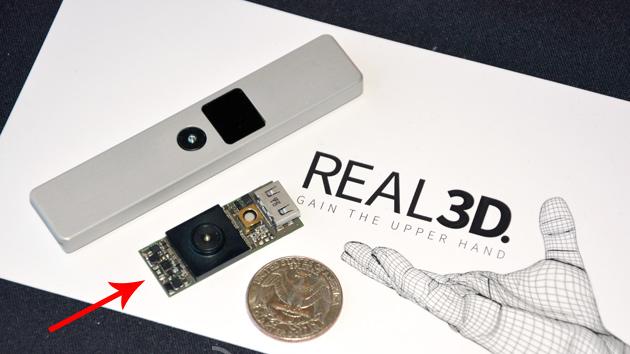
Exclusive: PMD's CamBoard Pico XS is the tiniest gesture camera we've ever seen (video)
Just as we were wrapping up CES today, we caught up with our friends over at PMD Technologies who surprised us with a little exclusive. What you see above is the new CamBoard Pico XS gesture camera that's dwarfed by the Pico S -- the one we saw at Computex -- next to it. This tiny module is only 4mm thick, 39.5mm long and 15.5mm wide, making it 1.5mm thinner and almost half as long as its predecessor, while still packing the same Infineon IRS1010C 3D image sensor chip. Given the size plus the fact that it already uses MIPI (Mobile Industry Processor Interface) instead of USB, the Pico XS is truly integration-ready for OEMs. The main changes that enabled this size reduction are the smaller lens -- which is compensated by a sharper laser illumination (but still 850nm infrared) -- plus the removal of the aluminum heat sink (which is actually the chassis), courtesy of a much lower power consumption. Instead of a typical 1W you get on the Pico S, the Pico XS requires less than 50mW typically (at 25fps) and 350mW max (up to 45fps). Temperature-wise it goes up by just 10 degrees Celsius at most, apparently. Despite the slightly reduced viewing angles, we've been told that this smaller depth camera offers the same performance as before. That certainly seems to be the case after this author tried it using PMD's Nimble UX middleware (co-developed by 3Gear Systems), which is able to do two-hand skeletal tracking down to finger level, as shown in our video after the break.

PMD and Infineon to enable tiny integrated 3D depth cameras (hands-on)
After checking out SoftKinetic's embedded 3D depth camera earlier this week, our attention was brought to a similar offering coming from Germany's PMD Technologies and Infineon. In fact, we were lucky enough to be the first publication to check out their CamBoard Pico S, a smaller version of their CamBoard Pico 3D depth camera that was announced in March. Both reference designs are already available in low quantities for manufacturers and middleware developers to tinker with over USB 2.0, so the two companies had some samples up and running at their demo room just outside Computex. %Gallery-190502%

Fruit Ninja meets real Ninja with CamBoard's Pico gesture camera (video)
You can play Fruit Ninja with your fingertips, you can play it with your eyes, so it's reasonable enough that hand waving should control it too. And while gesture-sensing technology is hardly new, Teutonic outfit pmdtechnologies has been teasing a miniaturized edition of its depth camera that's ripe for embedding into small consumer electronics devices. All we've got so far is a short video (after the break) outlining its potential, but that's enough to hope someone can go head-to-head with Microsoft in the space.

Intel shocks everyone, including itself, with record Q1 earnings
This is starting to get a bit repetitive, but we're sure Intel will never tire of hearing it: the chip maker just had its best quarter ever. The company expected to pull in roughly $11.6 billion, topping last quarter (and its previous record) by $500 million. Looks like the company was being conservative enough to make Pat Robertson blush -- it raked in a grand total of $12.8 billion in Q1 of 2011. About $500 million of that discrepancy can be explained by the acquisition of McAfee and Infineon, the rest is thanks to huge increases in sales across all market segments. Now go ahead, Intel, you just pretend to be surprised like last quarter.

Intel gobbles up Infineon's mobile unit in $1.4 billion deal, looks to 'accelerate 4G LTE'
Infineon, the company behind the baseband chips inside your super-duper new phone, is about to cash out from the wireless industry courtesy of Intel's insatiable appetite. The Wireless Solutions Business (WLS), which accounted for nearly a third of Infineon's €3 billion ($3.83b) revenue last year, is being sold to the American chipmaker for a cool $1.4 billion. For its part, Intel is quick to reassure the world (and its antitrust authorities) that WLS will continue to operate as a standalone business and continue to support ARM-based devices. Chipzilla's perfectly innocent ploy is to harness Infineon's knowhow in future smartphone, tablet and laptop products, providing both the processing and wireless capabilities. Specifically mentioned in the news release is Intel's ambition to "accelerate 4G LTE" through this deal, while also not neglecting its ongoing efforts with WiMAX, with the overarching strategy being described as "a combined path." We should know more about where this path will take us when the acquisition is completed in the first quarter of next year.

Apple rumor roundup: Intrinsity behind the A4, ARM being eyed
Mama always said that downpours followed Spring showers, and sure enough, the Apple news has been flowing hot and heavy overnight. For starters, an IEEE Spectrum report has people talking once more about Intrinsity; if you'll recall, rumors flared up earlier in the month about Apple nabbing said company, similar to the way it acquired P.A. Semi way back in the naughties. Now, it seems that round two of those whispers are gaining steam, with some analysts suggesting that without Intrinsity's expertise, there was simply no way the silicon within the iPad could've been pushed to 1GHz in time for launch. In related news, we're also hearing that Cupertino is interested in acquiring ARM Holdings, and considering just how much business Apple pushes ARM's way, it's not illogical to imagine Apple wanting to just bring ARM in-house. If the deal went down, Apple would obviously hold a huge amount of control over whether or not ARM chips ended up in rival products, and if it yanked those Cortex slabs out from the market place, you can bet there would be a mad scramble to create a competitive portfolio to serve those suddenly chip-less product makers. Finally, a new iPhone OS 4 (beta 2) video has surfaced, giving the world a solid look at a new circular side-swapped animation that occurs when switching apps -- head on past the break to check it out, and give those links below a visit for more of that succulent nitty-gritty.

Christopher Tarnovsky hacks Infineon's 'unhackable' chip, we prepare for false-advertising litigation
As it turns out, Infineon may have been a little bit... optimistic when it said its SLE66 CL PE was "unhackable" -- but only a little. The company should have put an asterisk next to the word, pointing to a disclaimer indicating something to the effect of: "Unless you have an electron microscope, small conductive needles to intercept the chip's internal circuitry, and the acid necessary to expose it." Those are some of the tools available to researcher Christopher Tarnovsky, who perpetrated the hack and presented his findings at the Black Hat DC Conference earlier this month. Initially, Infineon claimed what he'd done was impossible, but now has taken a step back and said "the risk is manageable, and you are just attacking one computer." We would tend to agree in this case, but Tarnovsky still deserves serious respect for this one. Nice work, Big Gun.

IBM, Samsung, Globalfoundries, and more looking to beat Intel to 28nm market
Sure, Intel's one-upping AMD in the 32nm department, but IBM and its merry band of Technology Alliance members -- including Samsung, STMicroelectronics, and AMD chipmakers Globalfoundries -- are looking to ramp up the competition and develop even smaller, low power 28nm processors before Intel gets a chance to size down. The group additionally promises migration plans for companies who've got 32nm on their roadmap and want to maybe shrink a few of the later, already planned models. Early risk production for the 28nm chips are planned for second half 2010, which means it's very unlikely we'll be seeing them in consumer gadgets until at least 2011.

Epson's tiny GPS receiver will make everything location aware
Small, right? That's Epson's Infineon XPOSYS chip, its next generation Assisted-GPS device set for mass production in late 2009. The chip measures just 2.8 x 2.9-mm making it 25% smaller than other A-GPS chips on the market, according to Epson, while consuming half the power. The sensitivity has also been improved for a more accurate location fix while indoors. Between this, Google Latitude, and the ever expanding lineup of Skyhook positioning devices, you can kiss your location anonymity goodbye.

Carriers blaming Apple for iPhone 3G slowness
As we've noted before, the iPhone 3G isn't as speedy as we'd like and sometimes has connections problems. Some folks have been blaming the carriers, like AT&T here in the States, but evidence is mounting that the problem may lie with the iPhone itself. GigaOm quotes an analyst at Nomura Securities who put the blame on "...an immature chipset and radio protocol stack" from maker Infineon.Meanwhile, CNET is reporting that T-Mobile in the Netherlands has a blog post (original Dutch) suggesting that the problem is "...a hardware / software specific issue of the iPhone itself," while a Vodafone spokeswoman in Australia told the Sydney Morning Herald that the problems were specific to the iPhone and not their network. Apparently, the problem was compounded by Apple's famous secrecy, with the iPhone 3G only released to some carriers for testing a day before it was released.It's not that surprising that a new product would have growing pains. At the same time, it's hardly the case that the networks are as fast and extensive as we would hope. Hopefully, future firmware updates will improve the situation (if it's primarily a software issue). Otherwise, Apple may have to change the radio chip supplier for future iPhones to bring performance in line with other 3G smartphones.[via Gizmodo]

Infineon CEO wants to sell flagging Qimonda unit... badly
Little known tidbit for those not keenly watching the happenings at Infineon: the firm was forced to write down the value of its Qimonda stake by €1 billion ($1.57 billion) in April. Not surprisingly, Infineon's head honcho is about ready to rid the company of the flagging unit, making quite a few direct statements in a Germany daily saying as much. For starters, CEO Peter Bauer stated that "a complete sale is possible as is a sale of a minority stake," and he continued by affirming that it was already "speaking to financial investors and other companies in the industry." Just in case you had any doubts whatsoever that this cat was serious, he proclaimed that "[the firm] was working with utmost urgency on the question how to close the chapter on Qimonda as quickly as possible." Unrequited love at its finest.










